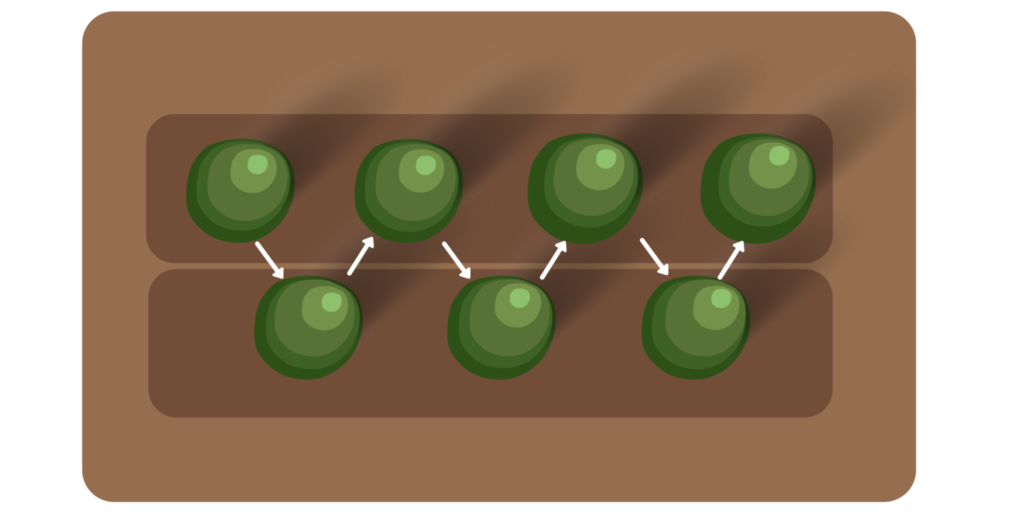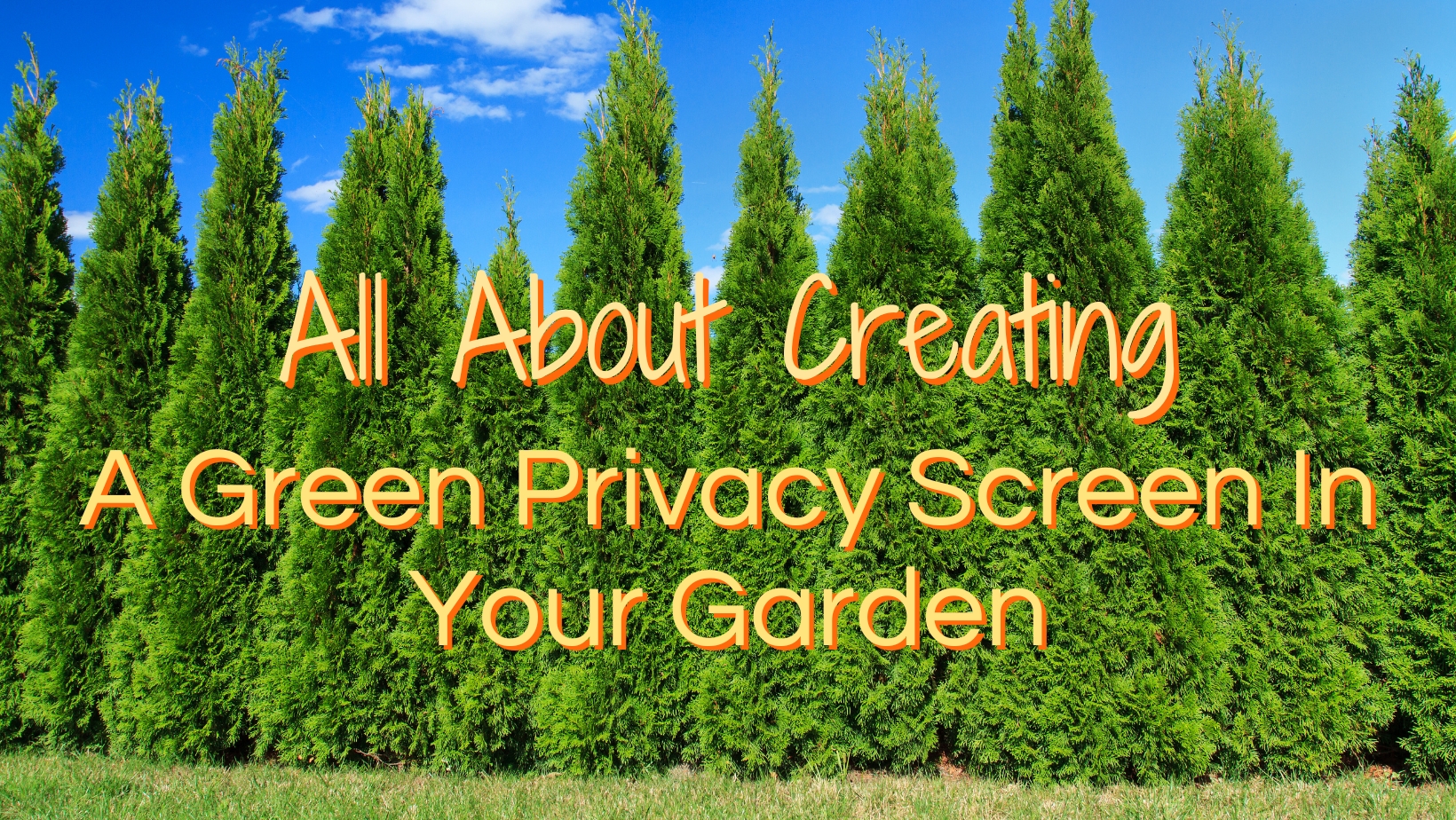What is Green Screening?
As an alternative to traditional fencing, green screening makes use of plants, such as privacy trees, to form a natural barrier around an outdoor space. Privacy trees are low maintenance and typically of the evergreen variety, growing at times well over 20 feet tall and, because of their height and density, succeed in creating a natural sound, wind, and sight screen. Beyond their practical use, the rich foliage of privacy trees add a bit of charm and character to an outdoor living area, making your space all the more scenic.

Why Consider Green Screening
Eco-Friendly
It’s the barrier that builds itself (kind of)! Why chop down trees to build a fence when you can plant the trees themselves? Building a green screen with privacy trees is an eco-friendly alternative to conventional fencing. Not only is planting trees good for the environment, but it’s also good for the air quality. Unlike a wooden fence, which needs to be treated with air-polluting stain every two to three years, privacy trees simply need water and sunlight to thrive, making it a safer option for you and the planet.
Affordable
In comparison to traditional fencing, which can cost up to $5,000 for an average backyard, privacy trees are much more affordable and do a greater job of creating a dense screen around an area. Because trees are naturally weather resistant, and many evergreen privacy trees are known to be “indestructible,” creating a wall of privacy trees is less maintenance than a wooden fence. If you already have a fence surrounding your backyard and have no plans to get rid of it, you can still plant privacy trees along your fence line for an added layer of sound, wind and sight buffering.
Practical
Perhaps the most practical use of green screening, privacy trees act as a natural sound, wind, and sight barrier. While you can of course block some sight with a tall fence, privacy trees absorb more sound and buffer more wind than a wooden fence. If you live in an area that experiences noise pollution, or blustery winds, privacy trees might be a better option for you than a conventional fence.

Picking Your Privacy Trees
Know Your Grow Zone
Because privacy trees come in all shapes and sizes, they have varying needs. Choosing the right privacy tree is essential to ensuring not only the health of the tree but also its ability to offer actual privacy. To find out which tree is right for you, first determine which grow zone you live in. For example, the Emerald Green Arborvitae, which belongs to grow zone 3-7, would not fare well in, say, Florida, but would thrive in a cooler area, like Ohio, where it will not dry out. If after finding your designated zone you are still unsure about which tree to commit to, please do not hesitate to contact one of our specialists. We will happily match you with the perfect one.

Planting For Privacy
Planting for a Lot of Privacy
If your goal is ultimate privacy, you will want to plant your trees diagonally staggered as depicted in the graphic above. Staggering them this way will ensure that any gaps between trees are filled. Depending on which tree you choose to go with, you will want to separate the trees with enough room for growth while still ensuring a close-knit fit. For example, the Blue Point Juniper on average grows to be about 12 feet tall and 8 feet wide, so you should plant them 4-6 feet apart on all sides. This way, when they are fully matured, they are snug but not overly cramped.
Planting for a Little Privacy
If you do not want to block out your neighbors entirely, you can plant privacy trees side-by-side about 5-6 feet apart. While this type of planting does not offer as much coverage as a double-staggered planting, it still provides enough privacy with the benefit of sound and wind buffering. While the staggered planting has a more condensed feel, the side-by-side planting allows for a more open environment. As is the case with staggered planting, you will still want to consider your tree’s specific growth pattern when planting side-by-side to avoid over-cramping.

Caring For Your Privacy Trees
Hydration Is Key
Different trees have different needs. This same consideration applies to how much, and how often, your trees will need to be watered. In most cases, you will want to water your trees more frequently when they are first planted to ensure they take root. After the tree has settled, your area’s natural rainfall will suffice.
Good news! Many privacy trees are fast-growing, which means you won’t have to wait long for some peace and quiet. That said, if you are hoping for that privacy sooner rather than later, you will want to get these trees in the ground. As always, if you have any questions about green screening or about our selection of privacy trees, please reach out to our helpful team of plant specialists here at Patuxent Nursery. Happy planting!


Leave a Comment
You must be logged in to post a comment.